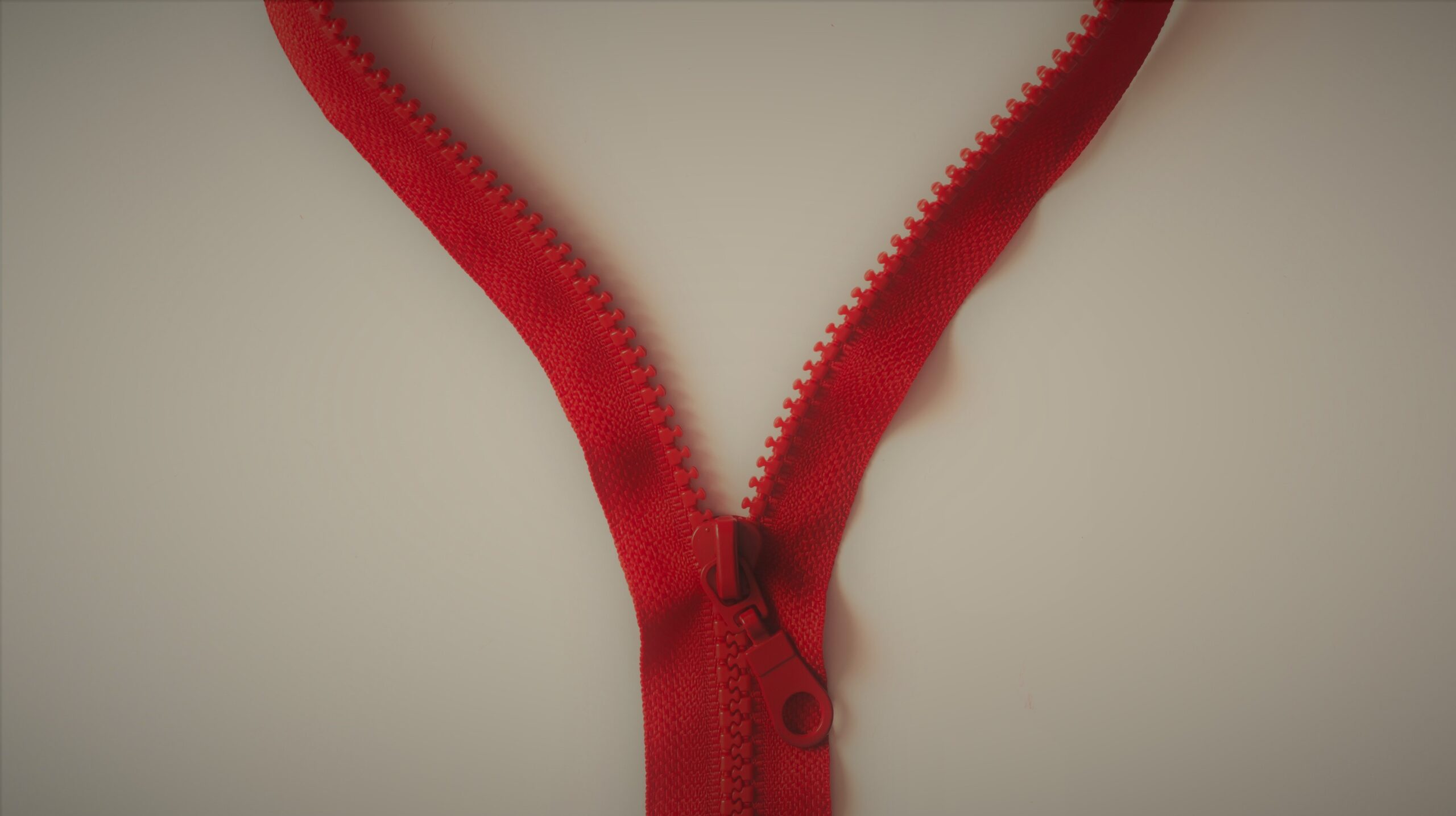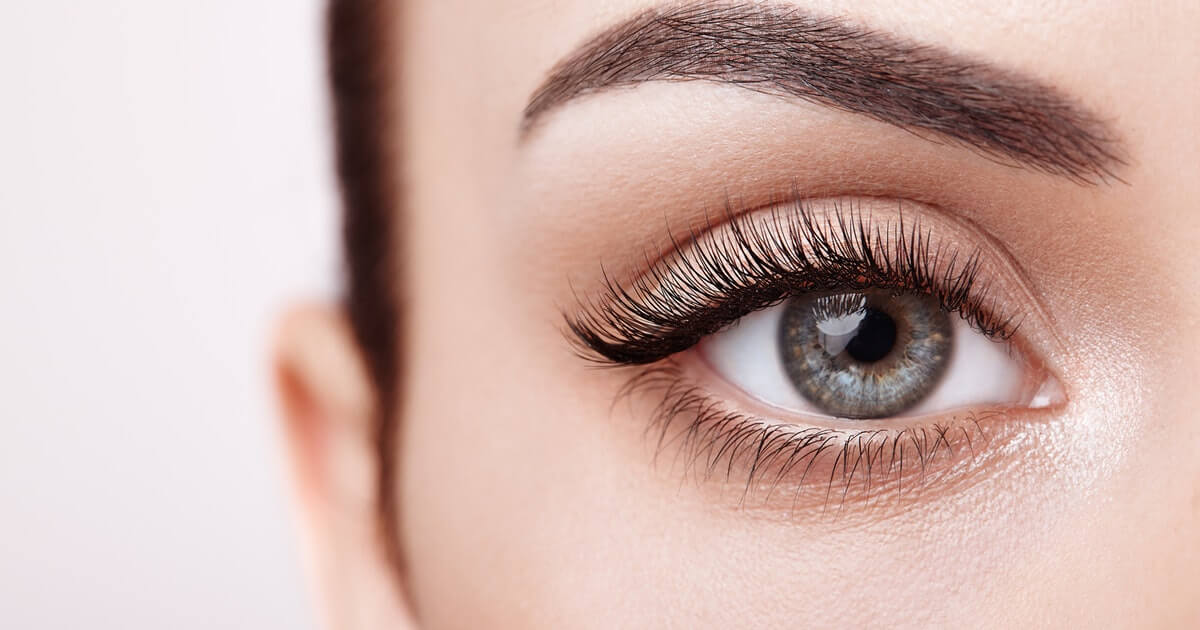- The darker your skin, the thicker your c-section scar might be.
- Most doctors agree that surgery shouldn’t be your first option when treating C-section scars.
- If you plan on having more children, it is best to not have the scar addressed surgically and you should stick to non-invasive treatments.
- Some surgeons consider laser treatments to be the most effective of all scar treatments because it’s very quick and effective at loosening up the tissue.
After my C-section I was so enamored with my gorgeous daughter, I couldn’t care less about the state of my body or worry about getting it back to its pre-baby state.
Besides, where was I going to find the time? When I wasn’t breastfeeding I was sleeping and when I wasn’t sleeping, I was dreaming about sleeping.
At around the six-month mark I was visiting another new mom who had had a C, and she showed me her scar: it was tiny, like a shaving cut, but above her pubis bone. I couldn’t believe a baby had come out of there.
I was embarrassed to show her mine: it was angry and red, raised above the skin like a grimace. I had healed so well from the surgery – up and about a few days later, swimming a month after the birth – that I didn’t even know there was something wrong. But when my friend showed me hers, I had scar envy. I decided it was time to talk to a few specialists.
Scar Prevention and Treatment
“It’s not uncommon for women to complain about C-section scars,” says Dr. Brian D. Cohen of Cohen Plastic Surgery. “All surgeries cause scars, but C-section scars are unique because following pregnancy, the body has an inflammatory response. How you heal depends largely on your genetics and pigmentation”. The darker your skin, the thicker your scar might be. In extreme cases, c-sections can even result in keloids — nasty-looking, unruly scars that keep on growing.
I found out that there is such a thing as “scar prophylaxis” – prevention. First, massaging the fibrous tissue will minimize swelling and break up excess collagen. According to Dr. Cohen, “If the scar looks red or thick, apply firm, direct pressure on it for ten minutes, two or three times a day.” In some cases, he also recommends the use of silicone tapes or steroid creams and injections.
I have a sample of Scar Away silicone scar sheets designed to shrink, flatten and fade both new and old scars. It’s time I start using it.
A physical therapist I met with, Amy Stein of Beyond Basics in New York, also emphasizes massage. Her staff showed me the proper massage technique with Vitamin E, which she describes in her book and DVD, Heal Pelvic Pain: massaging above and below the scar is key to breaking up scar tissue.
Other times, massages and creams are not enough. “Some problems like poor scar color can be treated with a laser, depending on the scar’s extent and appearance,” says board-certified plastic surgeon Dr. Ralph Garramone. “If the scar is red or dark, several IPL (Intense Pulse Light) treatments may be necessary, spaced six weeks apart.”
Another technology called fractional laser pinpoints microscopic holes and injects steroids directly into the tissue, explains laser skin treatment expert Dr. Marc J. Salzman: “Drug delivery by lasers is the best thing I’ve ever seen – it’s especially fast and effective for treating scars resulting from procedures like hand surgery, where using multiple holes loosens up scar stiffness and increases mobility.”
Most doctors agree, however, that surgery shouldn’t be your first option when treating C-section scars. It takes about six months to a year to see what a scar will look like – in that time you should massage, apply Vitamin E oil, and use topical ointments containing steroids (consult your doctor if you’re breastfeeding). Then you should try the various silicone tapes and guards.
You also need to know if you plan on having more kids. “In most cases I think it is best to wait until you’re done having children and then address the scar,” says Dr. Garramone.
I am considering a second one – if the first ever lets me get any sleep – so I guess I’ll try all the home remedies first. But after I’m done, there’s always the surgical option.
“I rarely see a patient for just a C-section scar, but I’ll see them when they have a tummy tuck,” says Dr. Cohen. “You’re basically replacing one scar with another.”
Sounds like something to look forward to.
C-Section Scar Removal and Healing: Key Points to Remember
Prevention and Non-Invasive Treatments First…
The best way to address scars after a cesarean section is to be proactive and take steps to prevent them from becoming prominent.
- Massage
Start by massaging the fibrous tissue to break up excess collagen and minimize swelling. While your scar is healing (six months to a year after childbirth), try massaging the scar with Vitamin E oil above and below the scar. Topical ointments containing steroids can also speed up the process, but make sure you talk to your doctor about this first if you’re breastfeeding.
- Scar Reduction Tapes
Silicone tapes such as Scar Away can help shrink, flatten and fade both new and old scars by keeping them hydrated and facilitating the growth of new cells. Silicone is the only FDA approved material to treat scarring.
- Laser Methods
In some cases, massages, creams, and tapes will not suffice. Depending on how pronounced it is, a c-section scar’s color may be treatable with a laser. If the scar is red or dark, it may be necessary to address it with intense pulsed light (IPL) treatments. Another light-based technique is a fractional laser, which creates tiny holes and injects steroids directly into the tissue.
Some surgeons consider this to be the most effective of all scar treatments, because it’s very quick and effective at loosening up the tissue.
… And Surgery As a Last Resort
It’s impossible to completely eliminate a C-section scar, and you’ll need to wait until you’re done having children anyway. Taking steps to improve the scar’s appearance is fine, but surgery should really be a last resort. Ask your surgeon if a mini tuck tuck, full tummy tuck or mommy makeover surgery are the best scar removal options for you.









